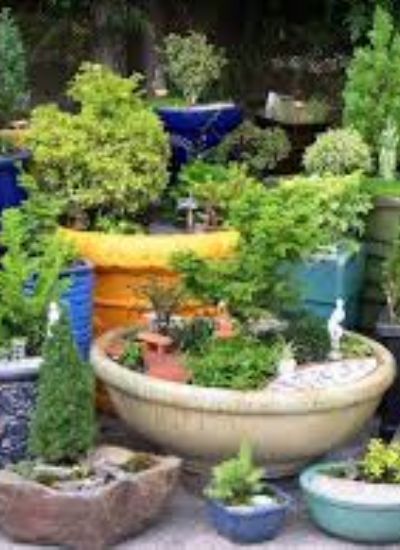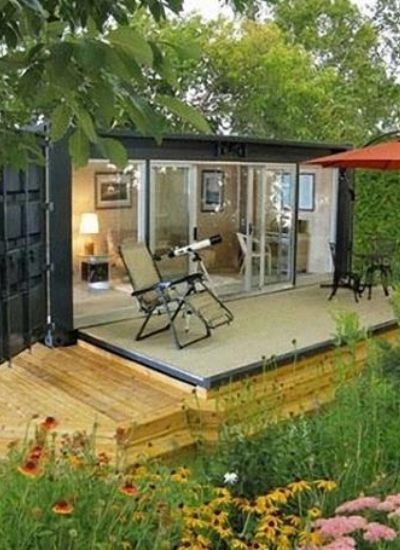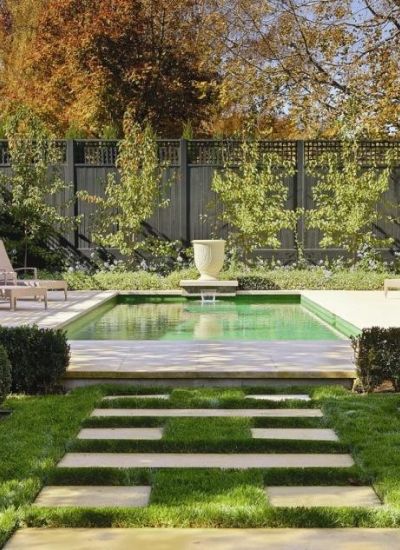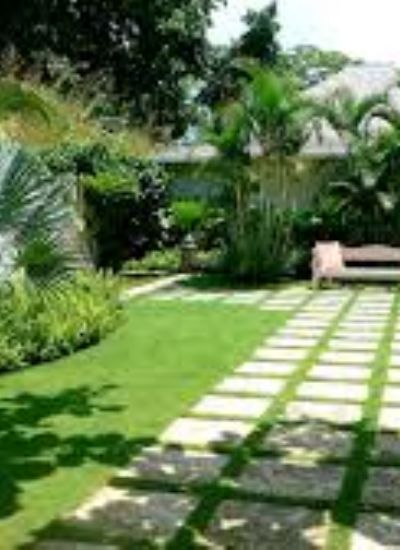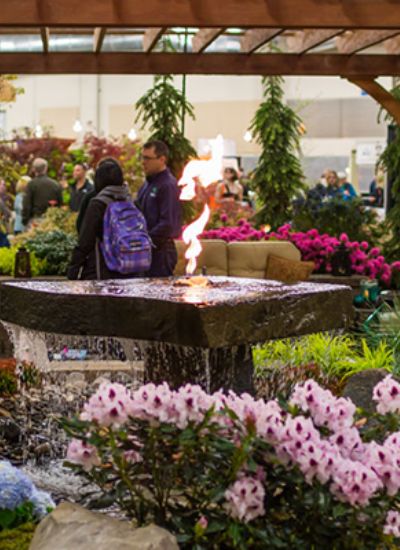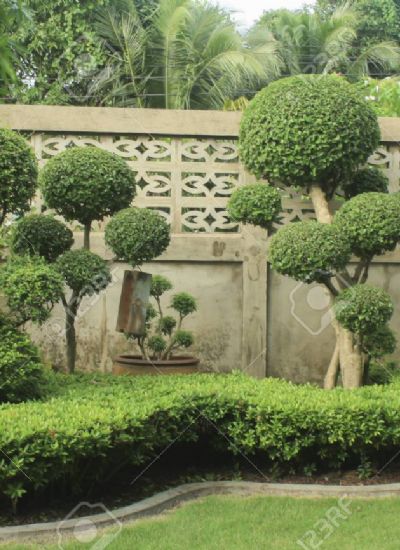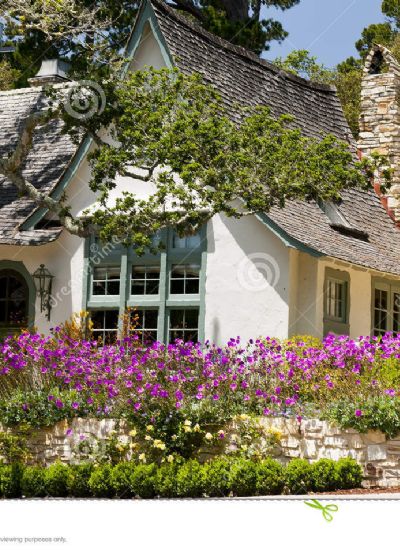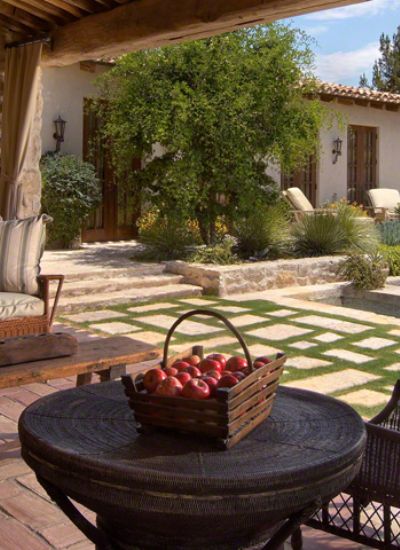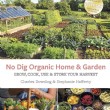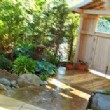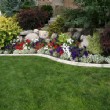Eco Gardens - What They Really Mean
Eco gardens are environment friendly gardens, which are also friendly to wildlife and allows for the promotion of sustainable living concepts.
Eco gardens are aimed at creating a garden that is in perfect harmony with nature and the promotion of indigenous plants.
Becoming an eco gardener does not mean you have to dump your garden design plans, far from it.
Eco gardens aim to reduce the carbon footprint and it is quite easy to become an environmentally friendly gardener without compromising your gardening plans.
In this article you will get a broad overview of how to go about setting up an eco garden without too much trouble.
The first step in setting up an eco garden is to consider the materials you plan to use.
You need to query where they come from and whether they have been ethically sourced.
Let us take for example natural stone that you want to use in your garden; you need to make sure that it comes from adult mines that have proper healthy and safety standards for their workers, otherwise don't buy the stone.
Patio and drive areas do have a certain amount of carbon that gets produced when newly laid.
This can be offset by planting one or more trees to absorb the carbon dioxide.
People are slowly learning the importance of recycling household items like plastic, glass, paper and aluminum.
Why not apply the same recycling rules to garden materials; there are plenty that can be reused.
You can try recycling wood boards by using them to make a good old fashioned panel fence for your garden.
Color wash it Tom Sawyer style and you will have a great looking boundary wall.
Crush colored glass and old CDs and make attractive borders for your plants or to use as top dressing for plant pots.
Tires that are wire free can be cut up and used in the play area to cushion the falls that are inevitable when you have kids Organic compost is king - there's no denying that making your own compost pile is still one of the best ways to encourage nutrient rich soil the natural way.
You can produce a really healthy garden that is environmentally friendly through the use of organic pesticides and fertilizers.
There are however other products like bone meal, fish emulsion, rock phosphate and blood meal among others that can provide organic nutrients to the garden.
If you have to use pesticides then choose from the range of natural products that are available to kill a particular pest or weeds.
Not all insects we consider pests really are pests, in fact many of them are necessary and beneficial for the garden.
Educate yourself in this area and try not to make too much use of pesticides natural or otherwise.
Many products for disease control tend to leave a heavy footprint on the environment and it is best not to use these harsh insecticides.
There are gentler products that can be equally effective and best of all they are totally environmentally friendly.
Plant disease can be fought with solutions made from baking soda, mild and certain mild cooking oils.
Try potassium bicarbonate - it is effective in curing quite a few plant diseases.
Eco gardens are aimed at creating a garden that is in perfect harmony with nature and the promotion of indigenous plants.
Becoming an eco gardener does not mean you have to dump your garden design plans, far from it.
Eco gardens aim to reduce the carbon footprint and it is quite easy to become an environmentally friendly gardener without compromising your gardening plans.
In this article you will get a broad overview of how to go about setting up an eco garden without too much trouble.
The first step in setting up an eco garden is to consider the materials you plan to use.
You need to query where they come from and whether they have been ethically sourced.
Let us take for example natural stone that you want to use in your garden; you need to make sure that it comes from adult mines that have proper healthy and safety standards for their workers, otherwise don't buy the stone.
Patio and drive areas do have a certain amount of carbon that gets produced when newly laid.
This can be offset by planting one or more trees to absorb the carbon dioxide.
People are slowly learning the importance of recycling household items like plastic, glass, paper and aluminum.
Why not apply the same recycling rules to garden materials; there are plenty that can be reused.
You can try recycling wood boards by using them to make a good old fashioned panel fence for your garden.
Color wash it Tom Sawyer style and you will have a great looking boundary wall.
Crush colored glass and old CDs and make attractive borders for your plants or to use as top dressing for plant pots.
Tires that are wire free can be cut up and used in the play area to cushion the falls that are inevitable when you have kids Organic compost is king - there's no denying that making your own compost pile is still one of the best ways to encourage nutrient rich soil the natural way.
You can produce a really healthy garden that is environmentally friendly through the use of organic pesticides and fertilizers.
There are however other products like bone meal, fish emulsion, rock phosphate and blood meal among others that can provide organic nutrients to the garden.
If you have to use pesticides then choose from the range of natural products that are available to kill a particular pest or weeds.
Not all insects we consider pests really are pests, in fact many of them are necessary and beneficial for the garden.
Educate yourself in this area and try not to make too much use of pesticides natural or otherwise.
Many products for disease control tend to leave a heavy footprint on the environment and it is best not to use these harsh insecticides.
There are gentler products that can be equally effective and best of all they are totally environmentally friendly.
Plant disease can be fought with solutions made from baking soda, mild and certain mild cooking oils.
Try potassium bicarbonate - it is effective in curing quite a few plant diseases.

